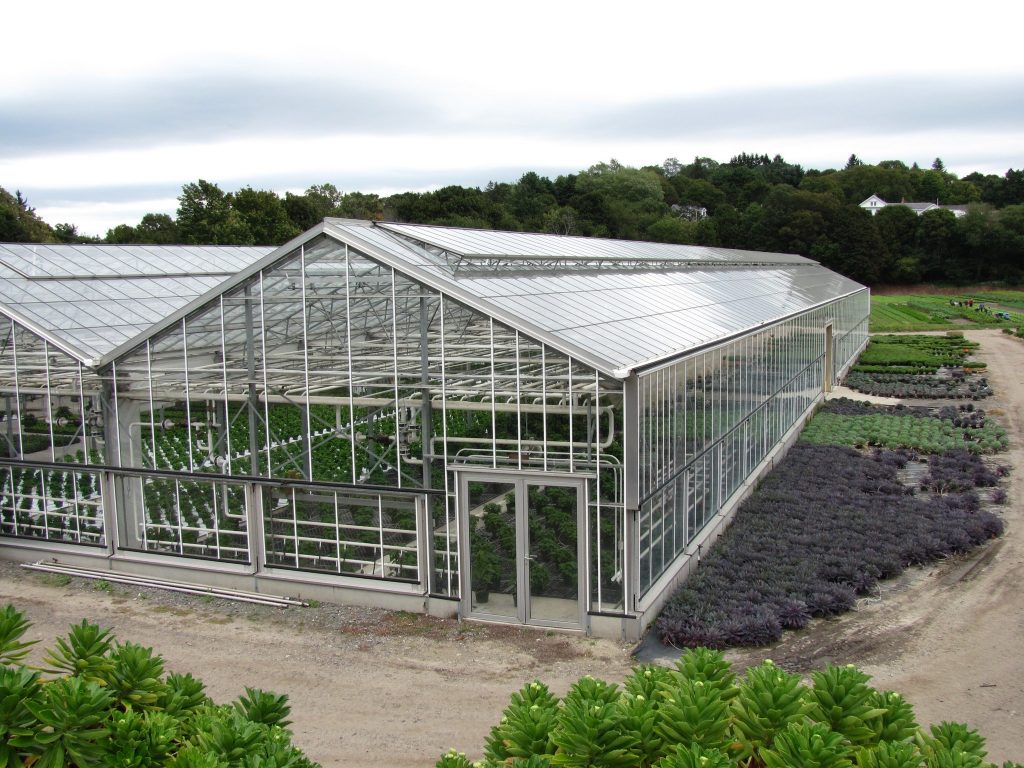7.2 Compound Words
Check Yourself
Video Script
We’ve seen that English frequently uses affixation to derive new words. Affixation is quite productive, meaning that our mental grammar uses the process for many different words, even for new words that come into the language. You’ve probably generated new words yourself sometimes by adding affixes to existing words.
Another extremely productive derivational process in English is compounding. Compounding is different from affixation. In affixation, a bound morpheme is affixed to a base. Compounding derives a new word by joining two morphemes that would each usually be free morphemes.
For example, if I take the free morpheme green, an adjective, and combine it with the free morpheme house, a noun, I get the new word greenhouse. We can tell that this is a new word because its meaning is different from what we would get if we just combined the two words to make a phrase. We could walk down the street describing houses: This is a brown house and this one here is a tall house and here is a red house and here is a greenhouse. But a greenhouse is something different from a house that’s green! It’s a new word, derived by compounding.


Another way that words derived by compounding differ from words derived by affixation is that a compound word doesn’t really have a base or root that determines the meaning of the word. Instead, both pieces of a compound make a sizeable contribution to the meaning. For example, yoga pants are pants that you wear to do yoga, and emerald green is the particular colour of green that emeralds are. So it doesn’t make sense to say that compounds have a root.
On the other hand, there is one part of a compound that has a special role, which we can see if we think about the categories of the words that make up a compound. If you look at these examples,
dry clean
stir fry
outrun
power wash
Each compound is made up of a different category of the word on the left plus a verb on the right. But in each case, the compound word is a verb. Even if both parts of a compound contribute to the meaning of the compound, it’s the head of a compound that determines its category. We say that English is a head-final language because in English the second part of the compound determines the category of the compound. Some languages are head-initial, with the head as the first element in a compound.
In many compounds, the head determines the category and also constrains the meaning of the compound. So dog food is a kind of food, not a kind of dog, and yoga pants are a kind of pants, not a variety of yoga. Compounds like this, where the meaning relationship between the head and the whole compound is obvious, are called endocentric. But in some compounds, the meaning relationship is not so transparent. For example, a redhead is a person, not a kind of head; a nest egg is money that you’ve saved, not a kind of egg; a workout is not a particular kind of out, and facebook is not a book at all! Compounds where the meaning of the head does not predict the meaning of the compound are said to be exocentric.

